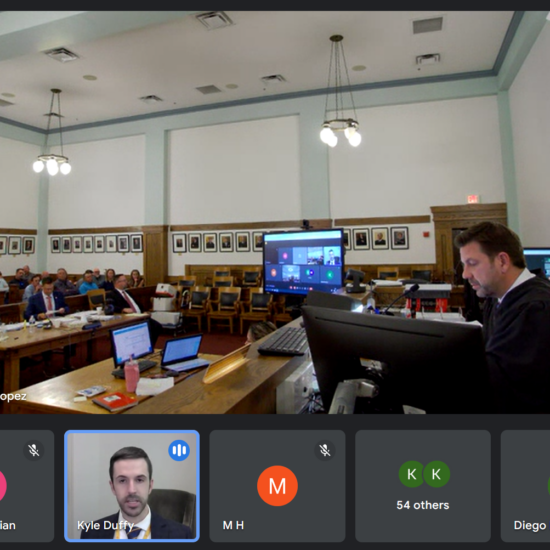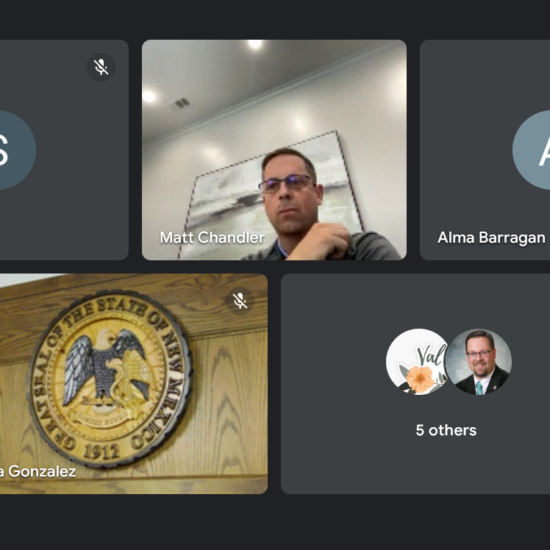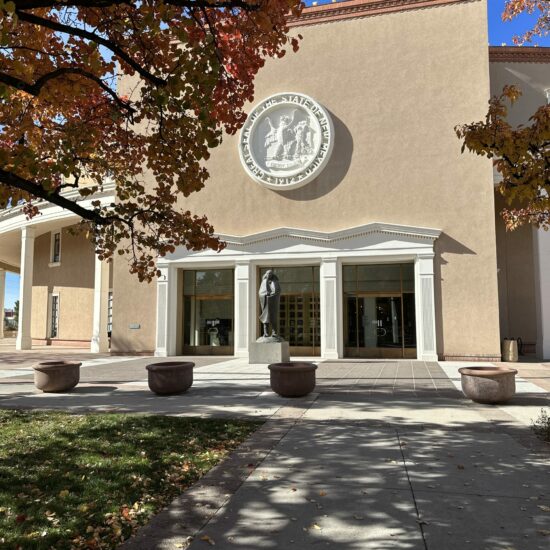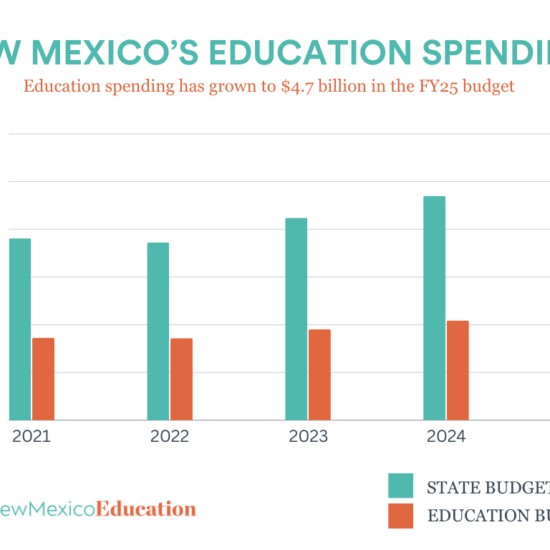
Bob Barker was a staple of my childhood summers, so was the cast of The Days of Our Lives.
Like many New Mexico students, I grew up with working parents. Inevitably, when school ended and summer began, like most New Mexico families, we struggled to balance the logistics of summer vacation. My older brother was the primary caretaker for my sister and I during the summers and then I stepped in when I was old enough.
My siblings and I spent our days of summer vacation at home, sleeping in and watching hours of our favorite TV shows, starting with The Price is Right at 11am and ending with a sitcom marathon on ABC Family which we turned off at 4. This left us just enough time to race around the house and complete our chores before our mom got home from work.
There has been a lot of conversation around summer learning and longer school years over the last month as districts have weighed participation in the Extended Learning Time and K-5 Plus programs funded by the legislature. A few aspects of this conversation have bothered me.
First, a prevailing criticism of extending the academic year by ten days (less for some districts, more for others) is that districts would be depriving students of a break, family vacations and opportunities for summer learning programs like those offered at community organizations or private schools.
My question is, for how many of our students are these opportunities an actual reality? It seems as though we collectively think most of our students are participating in these programs which are often cost prohibitive and logistically challenging for most New Mexico students and their families.
As a reminder, 71% of students in New Mexico receive free and reduced price lunch. It’s wishful thinking to believe most of these students can afford to participate in summer learning programs that can cost between $150 and $300 per week.
Even if families can afford the programming, logistics remain a challenge. Parents need to arrange for transportation to and from the program. Oftentimes, the programs are not aligned to normal work schedules. Families may also have to find childcare for any younger children in the home or find appropriate programming for each child’s age and hope that they run on a similar schedule.
Second, the debate around extended learning fails to adequately address three major facts:
-
-
-
- Only 1 in 3 students in New Mexico can read at grade level (pre-pandemic)
- New Mexico students received less in person instruction over the last two academic years than their peers nationally
- According to the Legislative Finance Committee, the average school calendar in New Mexico is 165 days, significantly less than the 180 days provided in most states.
-
-
In a perfect world, our students would be exposed to excellent instruction during the school year, setting them on track to grade level mastery and they would have summers filled with travel, high-quality learning experiences and cultural enrichment activities. But, this is simply not the reality for most New Mexico students. Pretending that it is the reality, and using that assumption as the foundation of decisions about extended learning is a major disservice to our most underserved students.
One aspect of this conversation has been more challenging for me to reconcile. While some (mostly more affluent) parents objected to the proposal because it would potentially interrupt summer plans and after-school activities, others questioned the premise that more equals better.
In other words, if Albuquerque Public Schools has failed to educate large numbers of children in the usual 178 days, why would another 10 days of the same-old, same-old make a particle of difference?
This is a fair, if not heartbreaking, point for families, especially those in underperforming school districts to make. This broken trust between families and school districts creates real challenges and needs to be addressed immediately.
But even if families don’t trust that school districts can use extended time effectively, I can’t imagine it’s less beneficial than a day of TV watching. The non-academic benefits of being in a safe place, with consistent access to food and interaction with peers alone outweigh the alternative.
In other words: do we really think 10 more days of school is worse than 10 more days of binge-watching TV?
Over the past few months finding common ground and shared agreement on school calendar extensions felt impossible, but we know it isn’t. Las Cruces Public Schools recently adopted a new innovative, extended year calendar as did Los Lunas Public Schools.
Like many complex issues, we may never find consensus on extended learning time. I do hope, though, that as we continue to engage in this important conversation, we ground it in facts and honesty about what New Mexico students need to get back on track.
I also hope that we evaluate options that allow more choices for families. It’s fine if some families do not want their students to participate in extended learning, but their activism should not deprive families who do want extended learning opportunities from accessing it.
Let’s hope that districts across the state revisit decisions about extended learning programs and look at some creative ways to create a win-win: Ensuring that the students who would most benefit from extra time in school get it.







